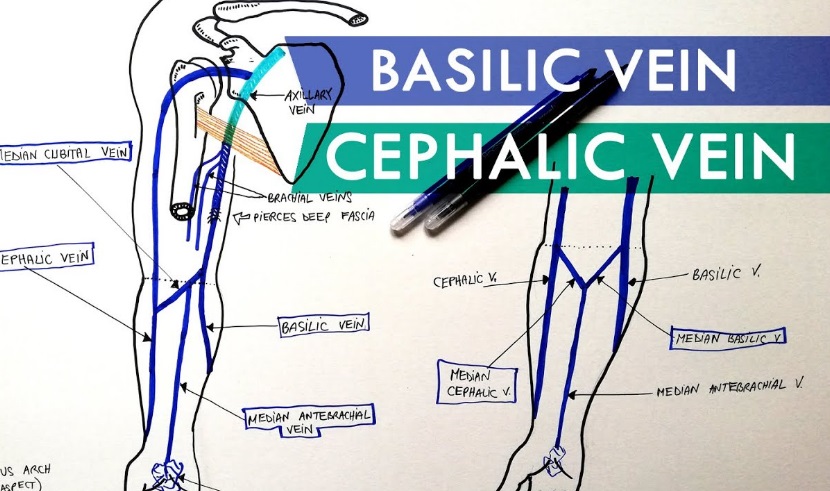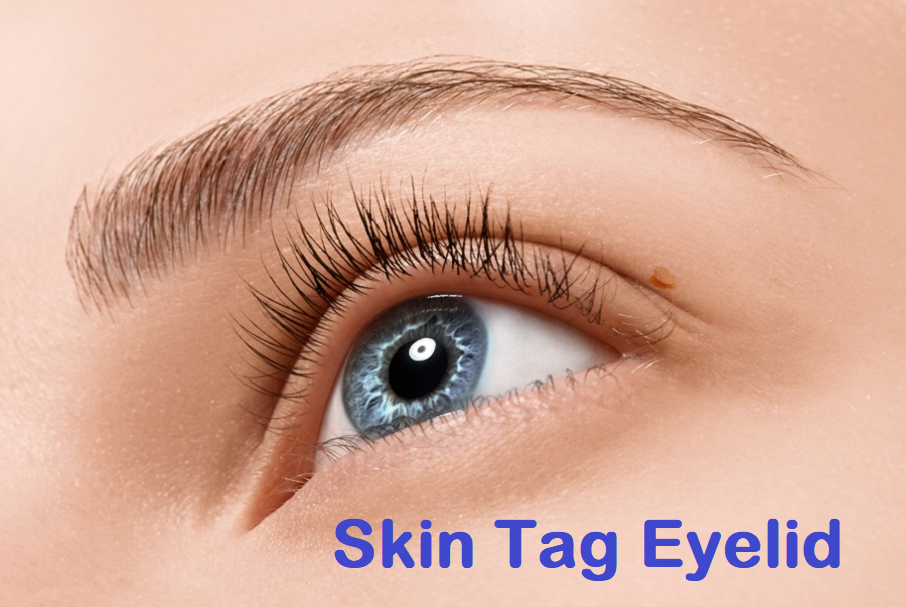What to Know About Chondrocalcinosis? Causes & Treatment
Chondrocalcinosis (in a real sense calcification of the ligament) is a term that describes the radiological appearance of calcium pyrophosphate dihydrate embedded inside one or the other fibrocartilage (for example menisci) or hyaline ligament. Chondrocalcinosis becomes increasingly common as people age to such an extent that it tends to see in 20% of the populace … Read more










